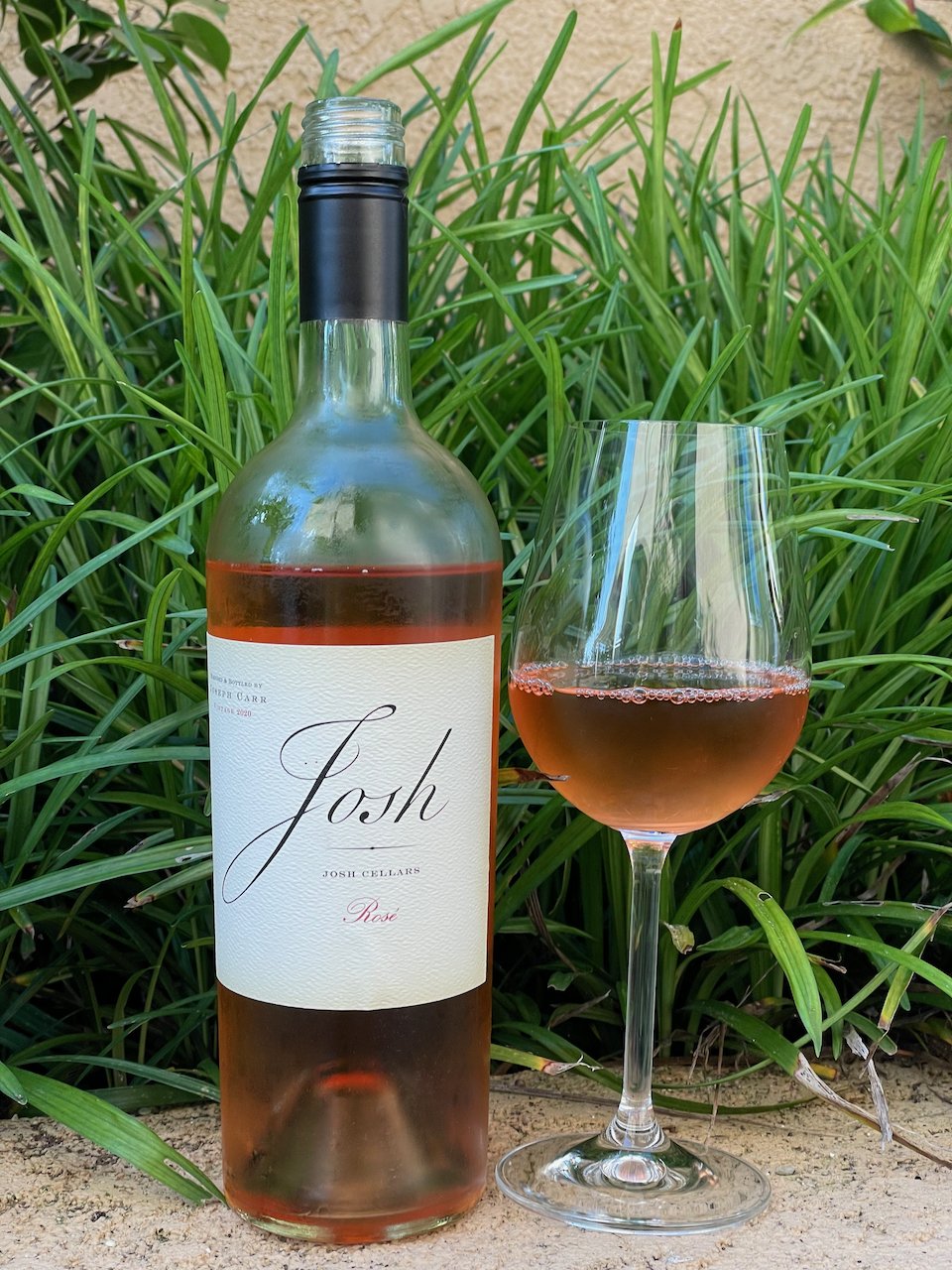2020 Josh Rose ($14.99)
Josh Cellars is a negociant brand which means they don’t own a winery or any vineyards, just like many of the world’s greatest wineries in Bordeaux and Burgundy France. But, they do work with California’s best growers to produce great wines.
The grapes used to make this Josh Rosé were picked in cool conditions and moved immediately to the winery where they were pressed and the juice sent directly to a tank. This very brief period of time that the juice is in contact with the skins lead to the beautiful salmon color of this rosé.
This Josh Rosé has delicate red fruit aromas including strawberry and raspberry. On this palate, this light-bodied rosé has rich flavors of strawberry, melon and peach along with bright acidity. The bright fruit flavors make for a sweet flavor sensation, yet this wine (at 12.5% Alcohol by Volume) is considered ‘dry.’
This Josh Rosé is a wonderfully light and refreshing wine at a great price. Perfect as the Behind the Cork™ Wine of the Week. Cheers!
Disclosure of Wine Sample Submission: I received this sample at no cost for review. The opinions expressed are entirely my own.
Sample Provided by Josh Cellars via Forte Mare






